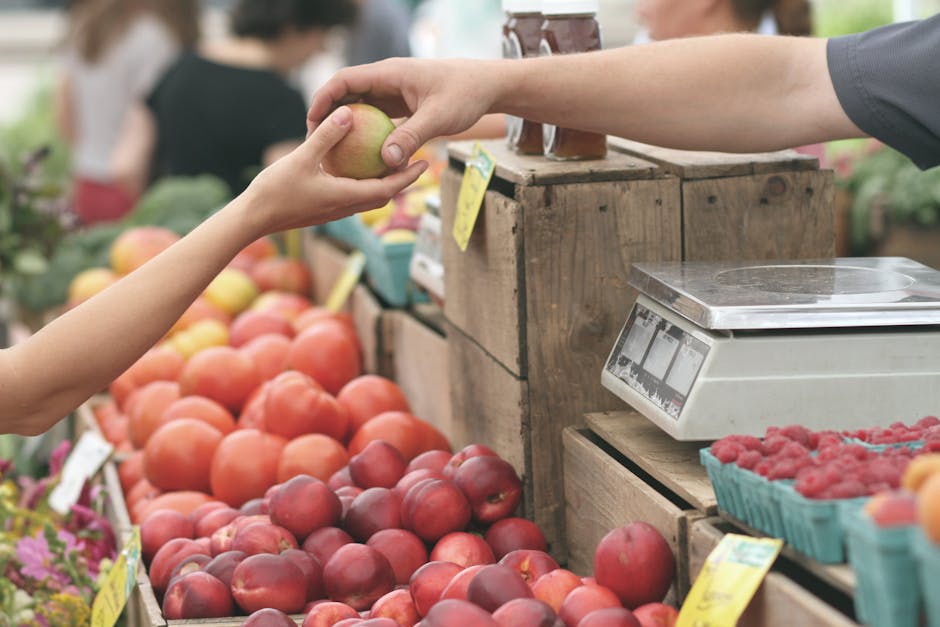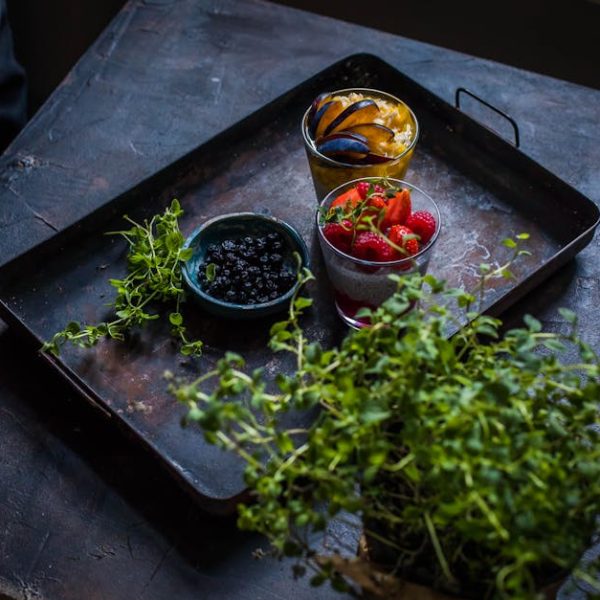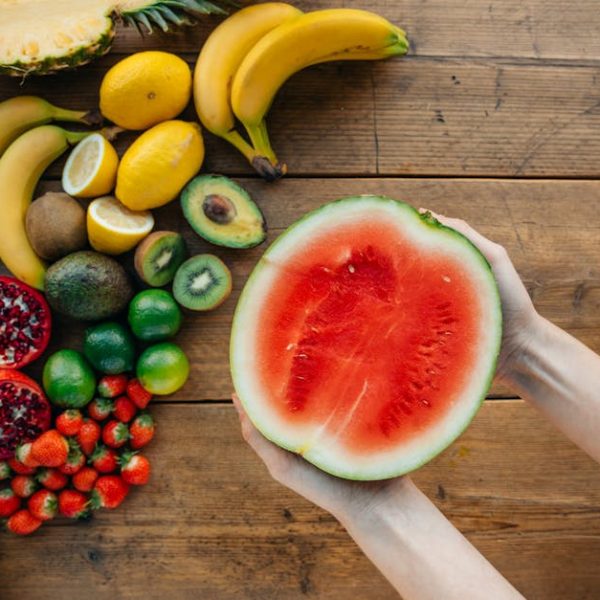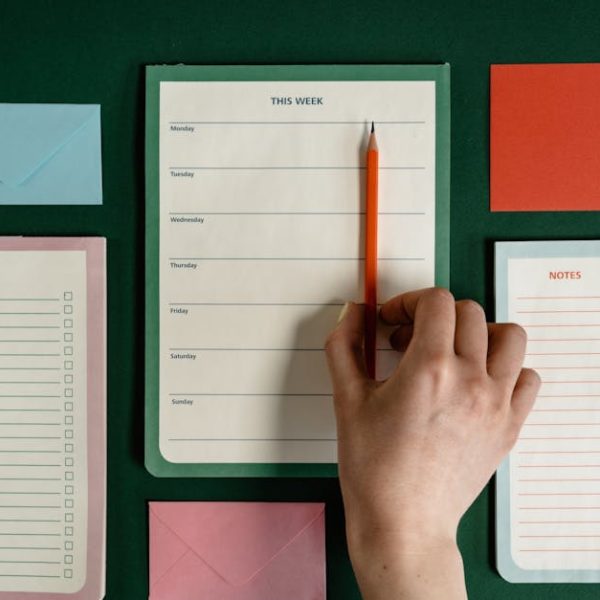Through the changing seasons, there’s something exceptionally delightful about biting into a perfectly ripe peach. Now, imagine capturing that taste and texture year-round without adding extra sugar or chemically-laden preservatives. That’s the beauty of freezing peaches – a method that locks in the freshness and natural sweetness of this stone fruit. For health-conscious individuals, this method is a game-changer, allowing for a sweet treat without the guilt.
Understanding the Basics of Freezing Peaches
The cornerstone of successful peach freezing lies in the fruit you select. Opting for peaches that have ripened to perfection ensures excellent flavor and texture after thawing. Additionally, the overall quality of the peach also affects how well it withstands freezing.
Pro tip: Keep in mind that peaches achieve ripeness when they’re moderately soft and yield slightly under your palm’s gentle pressure. Planning ahead is beneficial too, giving you ample time to freeze the peaches before they overripe and turn mushy.
The Prepping Process: Cleaning, Peeling, and Slicing the Peaches
Once you have your ripe peaches ready, embark on the preparation phase, which involves cleaning, peeling, and slicing your peaches. These steps prepare your fruit for a successful freezing journey that keeps them refreshing and tasteful even after months of storage.
- Start by cleaning the peaches well to remove any traces of dirt or pesticide residues.
- Proceed to peel the skin off; a sharp paring knife will work perfectly.
- Cut the peach in half, remove the pit, and slice the halves neatly. Make sure to maintain a uniform size for even freezing.
A key concern during this step is to prevent the cut peaches from browning which oxidization causes. The kitchen hack here is to place the cut peaches in a bowl of cool water with a pinch of salt. This halts the enzymatic browning process, preserving the aesthetic appeal of your peaches.
The Importance of Blanching Peaches before Freezing
Blanching is a food preservation technique that involves briefly scalding the food in boiling water then cooling it rapidly under cold water. This process is particularly essential when freezing peaches as it helps preserve their vibrant color, texture, and flavor during the freezing process.
Follow this process for blanching peaches:
- Bring a large pot of water to the boil.
- Carefully place the peach slices in the boiling water. Blanch them for about 60 seconds.
- Immediately transfer the blanched peaches into an ice bath to stop the cooking process.
Blanching does come with a few potential hitches. For one, if left in the boiling water for too long, the peaches can turn mushy. However, when done correctly, it significantly enhances quality and extends the shelf-life of your frozen peaches.
The journey of freezing peaches can be an exciting adventure filled with learning and delicious outcomes. Tread carefully and follow the guidance, and you’ll be savouring these summer treats year-round.
Properly Packaging and Freezing the Peach Slices
The way you package your peaches for freezing is instrumental in retaining their freshness and quality. Freezing them is not a mere toss-into-the-freezer process. There are practical steps you must follow to get it right.
- Begin by spreading out the peach slices separately on a baking tray lined with parchment paper.
- Temporarily freeze them in this state for about 2 to 3 hours until they are firm.
- Next, transfer the firm peaches into freezer-safe bags or containers. Ensure you squeeze out as much air as possible before sealing.
Here’s a useful tip: Flash freezing the peaches on a tray before bundling them into bags or containers helps to prevent them from freezing into a large, inseparable lump. Plus, remember to clearly mark each bag or container with the freezing date to keep track of freshness.
Additionally, it’s important to arrange your bags or containers methodically in the freezer. Stack them in such a way that the older batches are consumed first. This way, you’ll enjoy fresh-tasting peaches all through their freezer life.
Thawing and Using the Frozen Peaches
Eventually, the time will come to enjoy the fruits of your labor – literally. Thawing frozen peaches the right way is also essential for preserving their quality.
Pro tip: The thawing method you choose should depend on how and when you intend to use the peaches.
- The best method for preserving texture is to thaw the peaches slowly in the refrigerator. This process can take a few hours, so plan accordingly.
- For a quicker option, you can place the bag or container of frozen peaches in a bowl of warm water or defrost in the microwave. However, this might affect the peach’s texture, making them somewhat mushy.
| Thawing Method | Pros | Cons |
|---|---|---|
| In the refrigerator | Preserves texture and quality | Requires planning and time |
| In warm water or a microwave | Quick and easy | Potentially affects texture and quality |
Remember, thawed peaches are fantastic in various dishes from smoothies, pies, salads, to salsas. The versatility of peaches lends a delightful sweetness and color to an array of recipes, making the freezing process worthwhile. So celebrate each season with preserved freshness and taste of peaches, and savor the sweetness without any added sugar.
Key Takeaway:
- The freezing process presented is a healthy preservation method for peaches, retaining their natural sweetness without any additional sugar. The freshness and taste can be preserved by following a few simple steps.
- The peach selection process plays a critical role. Choosing fully ripe peaches helps preserve the flavor and texture even after freezing.
- Preparation involves cleaning, peeling, and slicing the peaches. Preventing the slices from turning brown involves putting them in a cool water bath with a pinch of salt.
- Blanching peaches is important for preserving the texture and color. It involves quickly scalding the food in boiling water, then rapidly cooling it in cold water.
- Packaging involves flash freezing peach slices on a tray before transferring them to freezer-safe bags, which prevents them from sticking together.
- There are differences between the thawing methods, such as slow thawing in the refrigerator, which better preserves the texture but requires planning, and quick thawing in warm water or a microwave, which is easier but may affect texture.
Freezing peaches can be a rewarding process, allowing you to enjoy the sweetness and freshness of peaches round the year. By following these steps, you can ensure optimal preservation of texture, color, and taste. So revel in the joy of savoring this summer treat irrespective of the season, guilt-free.
FAQs
Q: How long can these frozen peaches be stored in the freezer?
A: When properly packaged, these peaches can be stored in the freezer for up to a year while still maintaining their quality and taste.
Q: Can I use frozen peaches for baking?
A: Absolutely! Thawed peaches are fantastic for use in baked recipes like pies, muffins, or cobblers.
Q: Why is blanching necessary in the freezing process?
A: Blanching helps in maintaining the vibrant color, texture, and flavor of the peaches. It also extends their shelf-life.
Q: How can I prevent the cut peaches from turning brown while preparing for freezing?
A: You can place the cut peaches in a bowl of cool water with a pinch of salt. This process, known as oxidation, prevents them from turning brown.
Q: Are there any other fruits that I can freeze using this method?
A: Yes, this method is not limited to peaches. It can also be used for other fruits like strawberries, blueberries, and cherries.
Remember to share this article with friends and family who might benefit from freezing peaches the right way! Explore more posts on our site to find other interesting food preservation techniques and tips.






